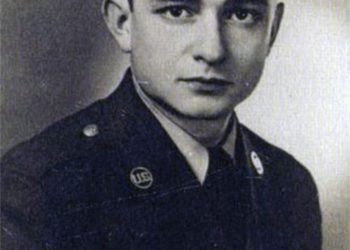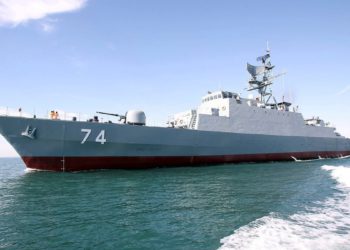The Mobile Protective Firepower (MPF), is the latest effort to create a light tank for US forces. In its genesis, it came from a capability gap found within the US Army in the early 1990’s once the M-551 Sheridan was retired from service. Upon retirement, the US Army found that its light infantry formations, while strategically deployable, lacked lethality and survivability. Initially, the US Army attempted to replace the Sheridan with the M-8 Armored Gun System. It was designed with modular armor packages, which in its basic configuration, would have made it light enough to be airdropped by C-130s. In its heaviest configuration, it would require strategic airlift to bring it into theater. However, due to a reduced defense budget, the United States canceled the program in 1997.

Following this cancelation, the US Army entered into another direction and began testing wheeled vehicles, which eventually became known as the Stryker series. One such variant of the Stryker is known as the M1128 Mobile Gun System. It is essentially an uprated LAV III chassis, with a modified M68E4 105mm gun attached that is designed to provide direct fire support to Infantry units in urban and complex terrain. It is intended to destroy field fortifications, light armored vehicles and defend itself against armored threats (tanks). When the US Army decided that it needed more firepower in its Infantry units for future operations, it evaluated this wheeled vehicle but declined to further produce it as it lacked the required tactical maneuverability in urban and restricted terrain.
Some debate has occurred as to whether a 105mm cannon is the best choice in armament, considering that the MPF is also required to combat armored threats as well as reduce fortifications. The MPF also is not air droppable, nor can it be transported in a C-130, but two can be carried in a C-17 or C-5 cargo aircraft. The cannon is a modified M68E4 cannon that fires all NATO 105mm rounds. In the upcoming year, the trials and comparisons will be held at various US Army centers and will be a tight race between two competing vendors. In the end, the Army will have a light tank that will support dismounted infantry operations in complex terrain.











